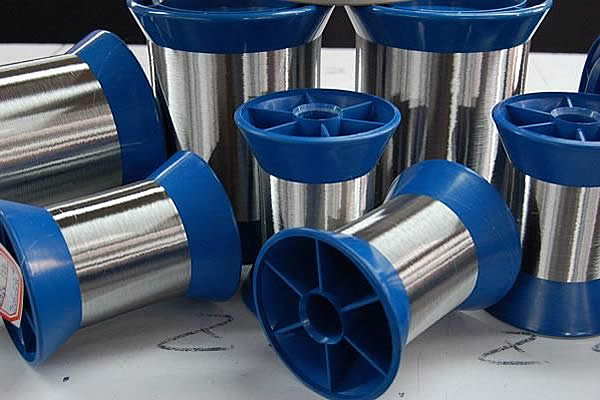 TEL:
+86-13102802206
TEL:
+86-13102802206
 Email:
fencenetting@china.com
Email:
fencenetting@china.com
 Language
Language
 TEL:
+86-13102802206
TEL:
+86-13102802206
 Email:
fencenetting@china.com
Email:
fencenetting@china.com
 Language
Language


Understanding the Cost of Temporary Construction Fencing
Temporary construction fencing serves a vital role in ensuring safety, security, and privacy at construction sites. As urban development continues to surge and construction projects become more complex, understanding the costs associated with temporary fencing has become increasingly important for project managers and contractors. This article delves into the various factors that influence the cost of temporary construction fencing and offers insights into budgeting for this essential component of construction management.
The Importance of Temporary Fencing
Temporary fencing is crucial for a variety of reasons. It protects the construction site from unauthorized access, reducing the risk of theft and vandalism. Moreover, it provides a safe environment for the public by delineating hazardous areas and keeping pedestrians and vehicles at a safe distance. Compliance with local regulations often necessitates the use of temporary fencing, as many municipalities require it for any construction project, regardless of size.
Factors Influencing Cost
1. Type of Fencing Material The choice of material plays a significant role in determining the overall cost. Common materials used for temporary fencing include chain link, mesh panels, and wooden boards. Chain link fencing is typically more cost-effective but may not offer the aesthetic appeal some projects require. On the other hand, solid panel fencing, while more expensive, provides enhanced privacy and security, making it suitable for high-profile projects.
2. Height and Length The dimensions of the fencing also impact the cost. Standard heights are usually 4 to 8 feet, and the total length needed will depend on the perimeter of the site. Projects requiring a substantial length of fencing will inevitably see higher costs. Additionally, extra height or sturdiness may be required for specific sites, driving up expenses.
3. Installation and Labor Costs The installation of temporary fencing requires labor, which adds to the overall cost. Depending on the complexity of the site, terrain, and type of fencing chosen, labor costs can vary significantly. For some projects, hiring a professional contractor may be necessary for proper installation, particularly when local regulations impose stringent requirements.

4. Rental vs. Purchase Organizations must decide whether to rent or purchase temporary fencing. Renting is often more cost-effective for short-term projects as it allows for flexibility without the responsibility of maintenance or storage. However, for long-term projects, purchasing fencing might be more economical in the long run, despite the initial investment.
5. Site-Specific Considerations Certain construction sites may present challenges that increase costs. For example, uneven terrain may require additional supports or custom adjustments to the fencing. Sites located in urban areas may also have specific regulations that necessitate more robust fencing options.
6. Permitting and Compliance Costs Depending on the jurisdiction, securing permits for temporary fencing may incur additional fees. It's important to factor these costs into the overall budget to avoid unexpected expenses that could derail a project timeline.
Budgeting for Temporary Fencing
When budgeting for temporary construction fencing, it is essential to conduct a thorough assessment of the project requirements. Start by determining the necessary type and height of fencing, the total perimeter, and the anticipated duration of rental or ownership. Obtain quotes from multiple suppliers to ensure competitive pricing and consider both direct costs (material and labor) and indirect costs (permits and compliance).
Creating a contingency fund is also wise. Construction projects are notorious for unexpected changes and challenges, and having a financial cushion can make it easier to adapt to any unforeseen circumstances that may arise.
Conclusion
In conclusion, the cost of temporary construction fencing is influenced by various factors including material choice, site specifics, and labor requirements. By understanding these elements and conducting careful budgeting, construction managers can effectively incorporate temporary fencing into their projects, ensuring safety and compliance while managing costs efficiently. As construction sites continue to evolve, the importance of temporary fencing in maintaining secure and organized environments cannot be overstated.